Multicenter study investigating long-term survival after synovial lavage of contaminated and septic synovial structures in horses presented to 10 UK referral hospitals
Multicenter study investigating long-term survival after synovial lavage of contaminated and septic synovial structures in horses presented to 10 UK referral hospitals
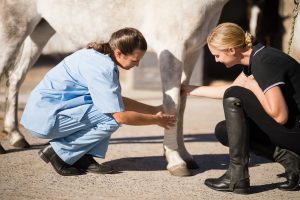
our summary:
de Souza T.C. et al. (2024) Multicenter study investigating long-term survival after synovial lavage of contaminated and septic synovial structures in horses presented to 10 UK referral hospitals. Veterinary Surgery, 53 (6), pp. 1083-1092
The aim of this prospective, multicentre, observational study was to report long-term survival in horses after synovial lavage for treatment of contaminated and septic synovial structures and to identify risk factors associated with reduced long-term survival.
Horses presenting at 10 UK referral equine hospitals between 2019-2021 with clinical evidence of synovial sepsis were eligible for enrolment in the study. A structured client interview was carried out with owners a minimum of 365 days after surgery to investigate long-terms outcome. The interviews were conducted by the primary researcher in nine hospitals, and by in-house vets at the remaining hospital.
A total of 240 horses were included in the study, for 234 horses lavage was performed under general anaesthesia, the remaining six horses had lavage performed under standing sedation. There were 216 horses with one synovial joint affected, 21 horses with two structures affected and three horses with three structures affected. The most common synovial structures affected were the metacarpophalangeal or metatarsophalangeal joint (59/240, 24.6% horses) and the digital flexor tendon sheath (42/240, 17.5%). The most common cause of injury was from a kick or trauma (103/240, 42.9%). Over half of the cases were presented to hospital within 24 hours of injury (151/240). Prior to hospital admission 126 /240 (52%) and 134/240 (56%) were given antimicrobials and nonsteroidal anti-inflammatories respectively.
Wounds were recorded in 170/240 (70.1%) horses, of which 138 (81.1%) were debrided using sharp resection in 124/138 (90%) cases. Most horses had one synovial lavage (209/240, 87%), median surgery time was 60 minutes and median general anaesthesia time was 90 minutes.
Survival to discharge was 95% (228/240) and the median number of days in hospital was seven days. Thirty-three horses were lost to follow up after discharge leaving 207 available for long term analysis. Long-term survival of horses at 365 days after surgery was 185/207 (89.4%), 22 (10.6%) horses died, of which 20 deaths were associated with synovial sepsis.
Increasing weight, unknown cause of injury, injuries to the forelimb, type of synovial structure affected (joint, tendon sheath or bursa), and longer surgery times were associated with increased likelihood of death.
Limitations of the study include missing data in the records and that case recruitment occurred during the COVID-19 pandemic which could have influenced the cases presented, owner decisions and the hospital’s management of the cases.
This study provides information on risk factors that affect long-term survival following synovial lavage of contaminated and septic synovial structures. This information will assist practitioners with case management and when discussing treatment options with clients.
The following may also be of interest:
inFOCUS: A scoping review of the current evidence on treatment and outcomes following synovial sepsis [RCVS Knowledge] [online] Available from: https://infocus.rcvsknowledge.org/a-scoping-review-of-the-current-evidence-on-treatment-and-outcomes-following-synovial-sepsis/ [Accessed 19 August 2024]
inFOCUS: Incidence and risk factors of surgical site infection and septic arthritis after elective arthroscopy in horses [RCVS Knowledge] [online] Available from: https://infocus.rcvsknowledge.org/incidence-and-risk-factors-of-surgical-site-infection-and-septic-arthritis-after-elective-arthroscopy-in-horses/ [Accessed 19 August 2024]
Claiming CPD for reading inFOCUS articles
Reading and reflecting on articles can count towards your CPD, and we have a template to help you with the process.
Image copyright attribute: wavebreakmediamicro / 123RF Stock Photo

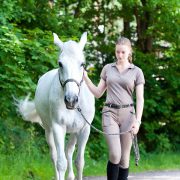
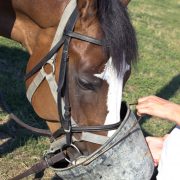
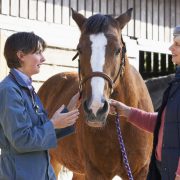
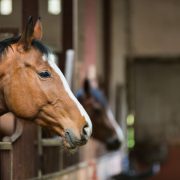
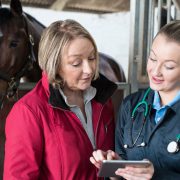
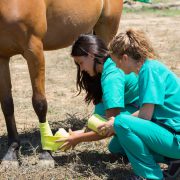
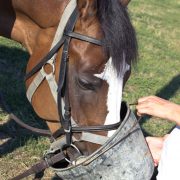
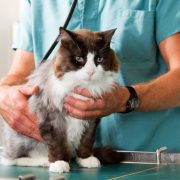

Leave a Reply
Want to join the discussion?Feel free to contribute!